3-丁烯腈
一般危化品
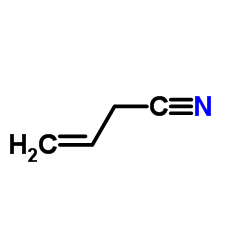
3-丁烯腈结构式
|
常用名 | 3-丁烯腈 | 英文名 | 3-Butenenitrile |
|---|---|---|---|---|
| CAS号 | 109-75-1 | 分子量 | 67.089 | |
| 密度 | 0.834 | 沸点 | 116-121 ºC | |
| 分子式 | C4H5N | 熔点 | -87°C | |
| MSDS | 中文版 美版 | 闪点 | 23.9±0.0 °C | |
| 符号 |


GHS02, GHS06 |
信号词 | Danger |
3-丁烯腈用途1.用于有机合成和作聚合交联剂。 |
| 中文名 | 烯丙基腈 |
|---|---|
| 英文名 | 3-Butenenitrile |
| 中文别名 | 烯丙基氰 | 3-丁烯腈 | 乙烯乙腈 |
| 英文别名 | 更多 |
| 密度 | 0.834 |
|---|---|
| 沸点 | 116-121 ºC |
| 熔点 | -87°C |
| 分子式 | C4H5N |
| 分子量 | 67.089 |
| 闪点 | 23.9±0.0 °C |
| 精确质量 | 67.042198 |
| PSA | 23.79000 |
| LogP | 0.40 |
| 外观性状 | 透明无色液体 |
| 蒸汽压 | 16.3±0.2 mmHg at 25°C |
| 折射率 | 1.402 |
| 储存条件 | 1.储存于阴凉、通风的库房。远离火种、热源。库温不宜超过30℃。应与氧化剂、酸类、碱类、食用化学品分开存放,切忌混储。采用防爆型照明、通风设施。禁止使用易产生火花的机械设备和工具。储区应备有泄漏应急处理设备和合适的收容材料。 |
| 稳定性 | 1.禁止与强氧化剂、强酸、强碱、强还原剂接触。 2.高度易燃,与皮肤接触有害,对眼睛和皮肤有刺激性。 |
| 分子结构 | 五、分子性质数据: 1、 摩尔折射率:20.21 2、 摩尔体积(cm3/mol):83.0 3、 等张比容(90.2K):188.5 4、 表面张力(dyne/cm):26.6 5、 极化率(10-24cm3):8.01 |
| 计算化学 | 1.疏水参数计算参考值(XlogP):无 2.氢键供体数量:0 3.氢键受体数量:1 4.可旋转化学键数量:1 5.互变异构体数量:无 6.拓扑分子极性表面积23.8 7.重原子数量:5 8.表面电荷:0 9.复杂度:65 10.同位素原子数量:0 11.确定原子立构中心数量:0 12.不确定原子立构中心数量:0 13.确定化学键立构中心数量:0 14.不确定化学键立构中心数量:0 15.共价键单元数量:1 |
| 更多 | 1. 性状:无色液体,有不愉快的气味。 2. 相对蒸汽密度(g/mL,空气=1):0.834 3. 熔点(ºC):87 4. 沸点(ºC,常压):116-119 5. 沸点(ºC, kPa):未确定 6. 折射率:1.406 7. 闪点(ºC):23 8. 比旋光度(º):未确定 9. 自燃点或引燃温度(ºC):未确定 10. 蒸气压(mmHg,25ºC):未确定 11. 饱和蒸气压(kPa, ºC):未确定 12. 燃烧热(KJ/mol):未确定 13. 临界温度(ºC):未确定 14. 临界压力(KPa):未确定 15. 油水(辛醇/水)分配系数的对数值:未确定 16. 爆炸上限(%,V/V):未确定 17. 爆炸下限(%,V/V):未确定 18. 溶解性:微溶于水,可混溶于乙醇、乙醚。 |
|
||||||||||||||||||||||||||||||||||||||||||||||||||||||||||||||||||||||||||||||||||||||||||||||||||||||||||||||||||||||||||||||||||||||||||||||||||||||||||||||||||||||||||||||||||||||||||||||||||||||||||||||||||||||||||||||||||||||||||||||||||||||||||
| 符号 |


GHS02, GHS06 |
|---|---|
| 信号词 | Danger |
| 危害声明 | H226-H301 + H331-H312-H315-H319 |
| 警示性声明 | P261-P280-P301 + P310-P305 + P351 + P338-P311 |
| 个人防护装备 | Eyeshields;Faceshields;full-face respirator (US);Gloves;multi-purpose combination respirator cartridge (US);type ABEK (EN14387) respirator filter |
| 危害码 (欧洲) | T:Toxic; |
| 风险声明 (欧洲) | R10;R21;R23/25;R36/38 |
| 安全声明 (欧洲) | S26-S36/37/39-S45 |
| 危险品运输编码 | UN 1992 3/PG 3 |
| WGK德国 | 3 |
| RTECS号 | EM8050000 |
| 包装等级 | III |
| 危险类别 | 3 |
| 海关编码 | 2926909090 |
| 3-丁烯腈上游产品 10 | |
|---|---|
| 3-丁烯腈下游产品 10 | |
由烯丙基溴和氰化亚铜反应得到。
| 海关编码 | 2926909090 |
|---|---|
| 中文概述 | 2926909090 其他腈基化合物. 增值税率:17.0% 退税率:9.0% 监管条件:无 最惠国关税:6.5% 普通关税:30.0% |
| 申报要素 | 品名, 成分含量, 用途 |
| Summary | HS:2926909090 other nitrile-function compounds VAT:17.0% Tax rebate rate:9.0% Supervision conditions:none MFN tariff:6.5% General tariff:30.0% |
|
In vitro metabolic conversion of the organic breakdown products of glucosinolate to goitrogenic thiocyanate anion.
J. Sci. Food Agric. 95 , 2244-51, (2015) Glucosinolates are abundant in Brassicaceae vegetables, and they are degraded into various organic breakdown products (BPs) (R-CN, -NCS and -SCN) by myrosinase when plant tissues are damaged. This stu... |
|
|
Comparative developmental toxicities of aliphatic nitriles: in vivo and in vitro observations.
Toxicol. Appl. Pharmacol. 163(2) , 149-63, (2000) The effects on embryonic development of a series of eight saturated (acetonitrile, propionitrile, and n-butyronitrile) and unsaturated (acrylonitrile, methacrylonitrile, allylnitrile, cis-2-pentenenit... |
|
|
A new unifying hypothesis for lathyrism, konzo and tropical ataxic neuropathy: nitriles are the causative agents.
Food Chem. Toxicol. 49(3) , 563-70, (2011) Konzo and lathyrism are associated with consumption of cassava and grass pea, respectively. Cassava consumption has also been associated with a third disease, tropical ataxic neuropathy (TAN). This re... |
| Vinylacetonitrile |
| 3-Butenenitrile |
| but-3-enenitrile |
| Allyl Cyanide |
| EINECS 203-701-1 |
| MFCD00001962 |

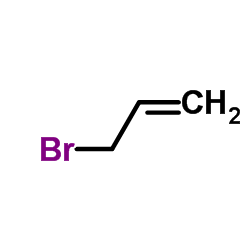 CAS号106-95-6
CAS号106-95-6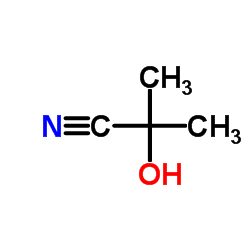 CAS号75-86-5
CAS号75-86-5 CAS号5314-34-1
CAS号5314-34-1 CAS号7319-38-2
CAS号7319-38-2 CAS号593-60-2
CAS号593-60-2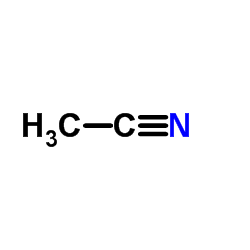 CAS号75-05-8
CAS号75-05-8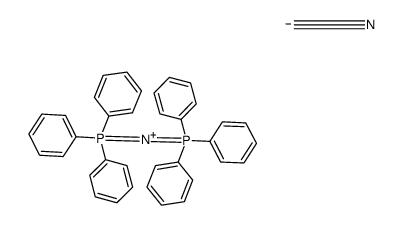 CAS号65300-07-4
CAS号65300-07-4 CAS号151-50-8
CAS号151-50-8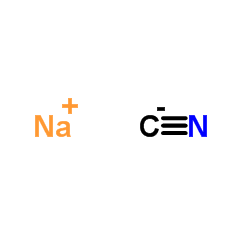 CAS号143-33-9
CAS号143-33-9 CAS号2835-21-4
CAS号2835-21-4 CAS号1067-99-8
CAS号1067-99-8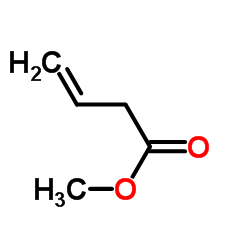 CAS号3724-55-8
CAS号3724-55-8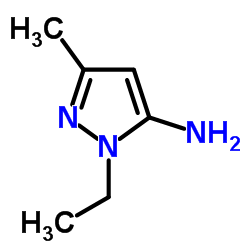 CAS号3524-33-2
CAS号3524-33-2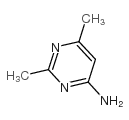 CAS号461-98-3
CAS号461-98-3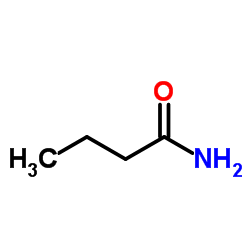 CAS号541-35-5
CAS号541-35-5 CAS号64-17-5
CAS号64-17-5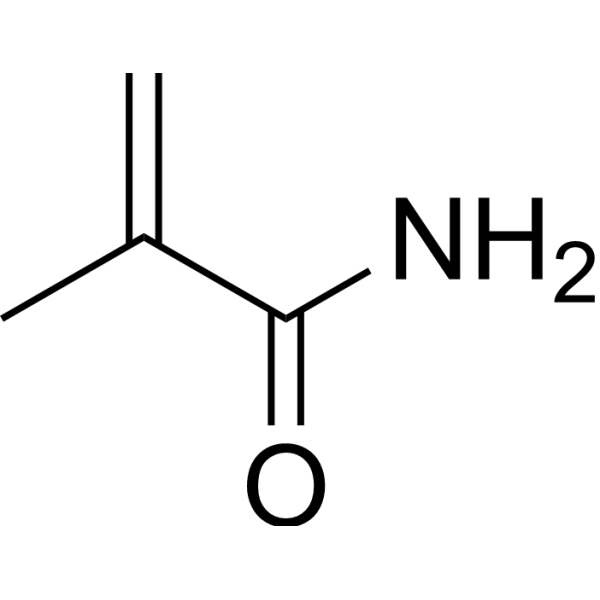 CAS号79-39-0
CAS号79-39-0 CAS号44565-27-7
CAS号44565-27-7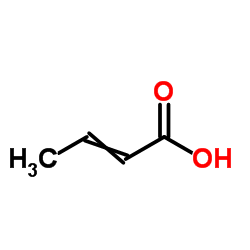 CAS号3724-65-0
CAS号3724-65-0 CAS号300-85-6
CAS号300-85-6